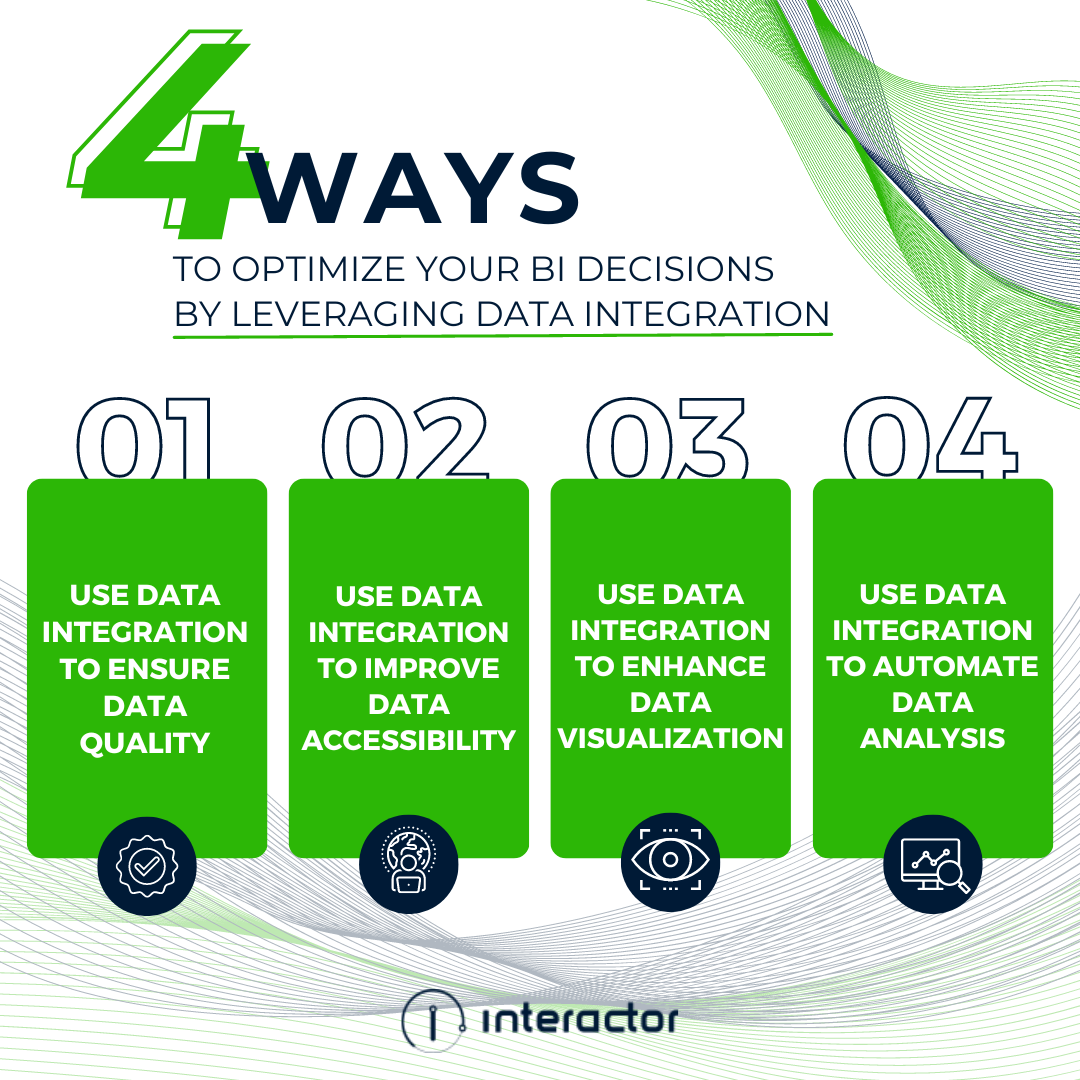Why You Should Rethink Data Integration
Data integration is a crucial aspect of modern business operations, enabling organizations to combine and analyze data from multiple sources to gain insights and make informed decisions. However, as the volume and complexity of data continue to grow, many organizations find that their traditional data integration approaches such as ETL/ELT and development heavy applications need to be more effective.
Whether you are part of digital team, enterprise analytics, or development team; this blog will help you rethink your data integration strategy and adopt more modern, agile approaches. We'll look at some of the challenges of traditional data integration methods, such as complexity, inflexibility, and lack of scalability, and how they can be overcome by adopting new technologies and approaches.
Use modern and agile data integration strategies
Modern and agile data integration strategies are designed to be flexible, scalable, and responsive to changing business needs. They are typically characterized by the following:
- No-code or low-code platforms: Modern data integration strategies often use no-code or low-code platforms, which provide a visual interface for building and managing data integration processes without coding skills. This can make it easier for organizations to implement and manage data integration projects and be more responsive to changing business needs.
- API-based integration: Modern data integration strategies often use APIs (application programming interfaces) to enable the integration of different systems and applications. APIs provide a standardized way for systems to communicate and exchange data and functionality, making connecting and integrating different systems and applications more accessible.
- On-premise and Cloud-based integration: Modern data integration strategies often use both the on-premise and cloud-based platforms to enable data and integration systems. This can provide increased scalability, flexibility, and cost-effectiveness, enabling organizations to take advantage of the latest technologies and innovations.
There are numerous no-code data integration options, but few are deployable on-premise and cloud. API AutoFlow is a fully no-code API-based platform available on-premise and cloud-based.
Modern data integration optimizes business intelligence decisions and improves collaboration.
Business intelligence (BI) thrives from collecting, analyzing, and using data to inform business decisions. Data integration is a crucial aspect of BI. It enables organizations to combine and analyze data from multiple sources to gain a more comprehensive and accurate view of their operations and performance.

There are several ways that organizations can optimize their BI decisions by leveraging data integration:
- Use data integration to ensure data quality: By integrating data from multiple sources, organizations can ensure that the data they use is accurate, complete, and up-to-date. This can help improve the quality of the insights and decisions derived from the data.
- Use data integration to improve data accessibility: Data integration can make it easier for users to access and analyze data from multiple sources, enhancing their ability to make informed decisions. This can be particularly useful for organizations with large, complex data sets or multiple systems and applications.
- Use data integration to enhance data visualization: Data integration can enable organizations to combine and visualize data from multiple sources in a single, cohesive view, which can help users better understand the data and identify trends and patterns.
- Use data integration to automate data analysis: Data integration can enable organizations to automate data analysis and reporting, reducing the time and effort required to extract insights from the data.
The speed of business intelligence has surpassed the ability of most engineering teams to develop and maintain data integration in traditional ways. Data handling needs to adapt fast using modern no-code and API-based data integration tools such as API AutoFlow.
Rethinking your data integration strategy and adopting more modern, agile approaches can help overcome the challenges of traditional methods, such as complexity, inflexibility, and lack of scalability. Modern data integration approaches, such as no-code API platforms, can provide increased agility, speed, and flexibility, helping organizations stay competitive in today's fast-paced business environment.
By assessing your current data integration strategy and considering more modern approaches, you can ensure that your organization can effectively integrate and analyze data from multiple sources and make informed, data-driven decisions. So, it's essential to rethink your data integration strategy and explore how modern approaches can help you achieve your goals.
Want to dig deeper?
Check out API Autoflow to see how our no-code API interface can support you and your team. If you need some help along the way, feel free to reach out to us.

February 1, 2023

Comments